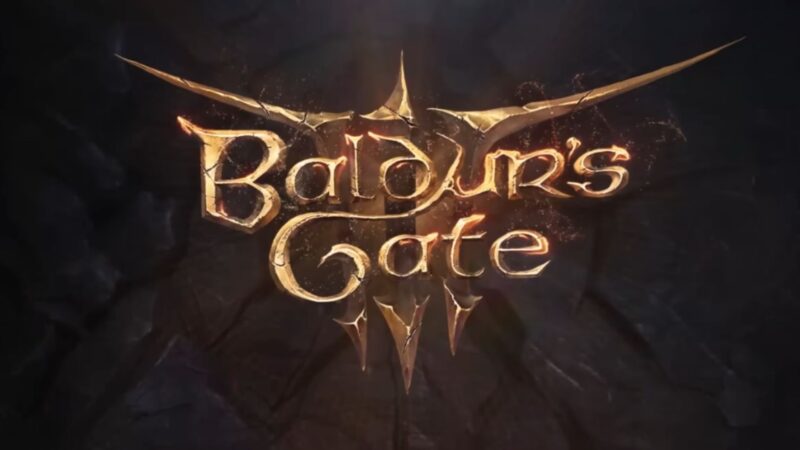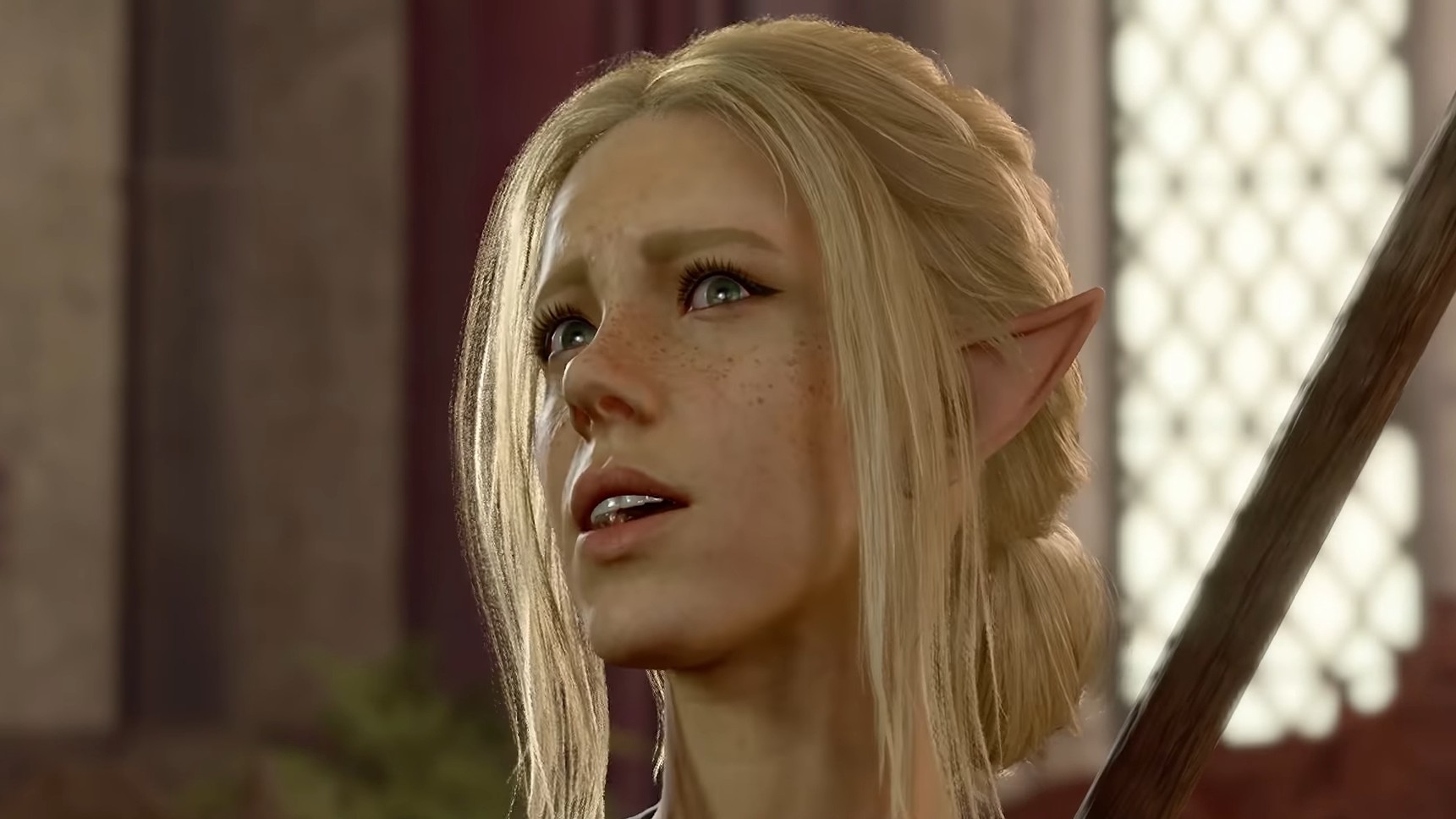Explore the best classes and subclasses as we present the top 10 builds for Baldur’s Gate 3 in Patch 8, offering the most powerful in BG3.
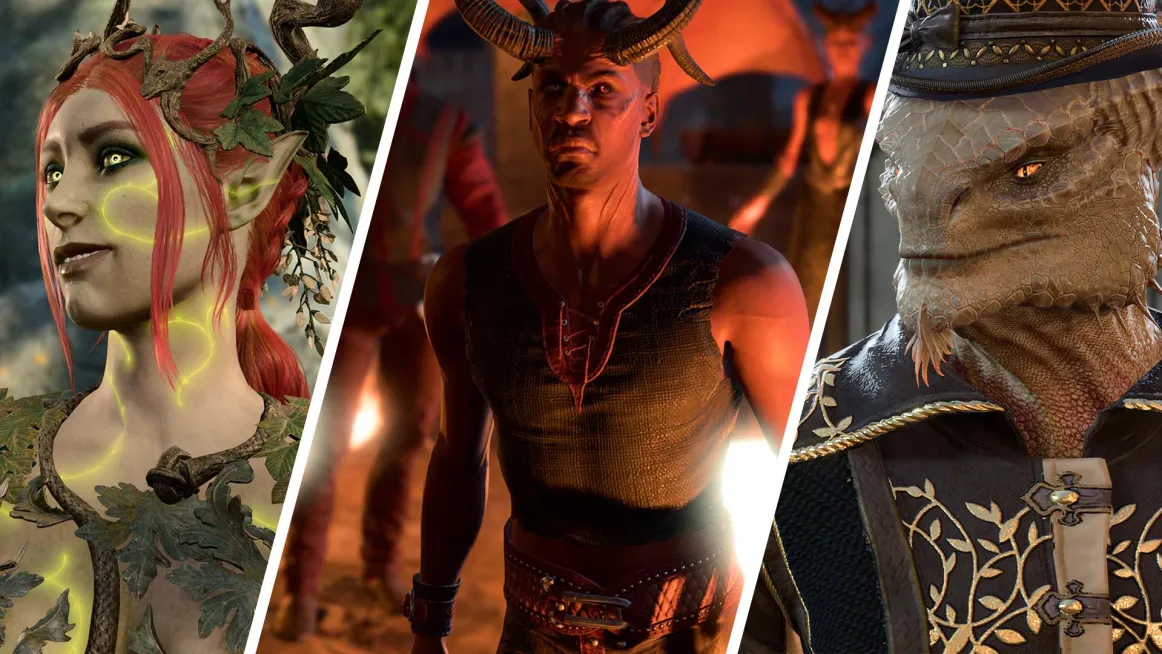
- 10 Light Cleric Build
- 9 College of Swords Bard
- 8 Way of the Open Hand Monk Build
- 7 Circle of Moon Druid Build
- 6 Hexblade Warlock Build
- 5 Battle Master Fighter Build
- 4 Giant Barbarian Build
- 3 Gloom Stalker Ranger Build
- 2 Oathbreaker Paladin Build
- 1 Shadow Magic Sorcerer Build
- What’s New in Patch 8 for Baldur’s Gate 3?
What are the Best 10 Builds for Baldur’s Gate 3 in Patch 8
10 Light Cleric Build
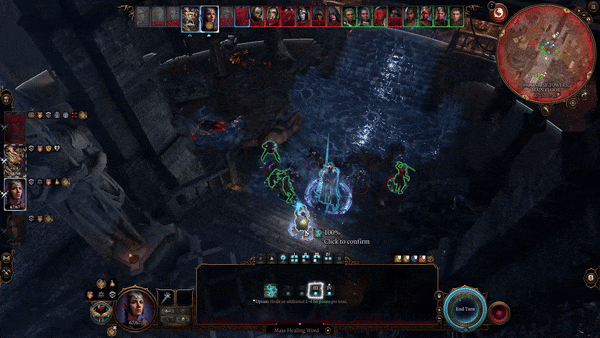
The best features of the Light Cleric Build in Baldur’s Gate 3:
- Race: High Half-Elf
- Background: Folk Hero
- Subclass: Light Cleric, Eldritch Knight Fighter
- Multiclass: 8 Cleric, 4 Fighter
- Ability Score: STR 8, DEX 14, CON 16, INT 8, WIS 17, CHA 10
- Skills: Medicine, Insight
- Key Equipment: Coruscation Ring, Luminous Armour, Luminous Gloves
What makes the Light Cleric build effect is its ability to heal, tank, and do damage. The Cleric, while known for healing, can dish out damage, specifically radiant. Why radiant damage is effective is because of a debuff called radiant orb: Affected entity has -1 to Attack Rolls per remaining turn. The Light Cleric can take advantage of early Act 1 gear sets, using medium armor, and trigger this effect in a radius (AOE), essentially debuffing all the enemies and preventing incoming damage.
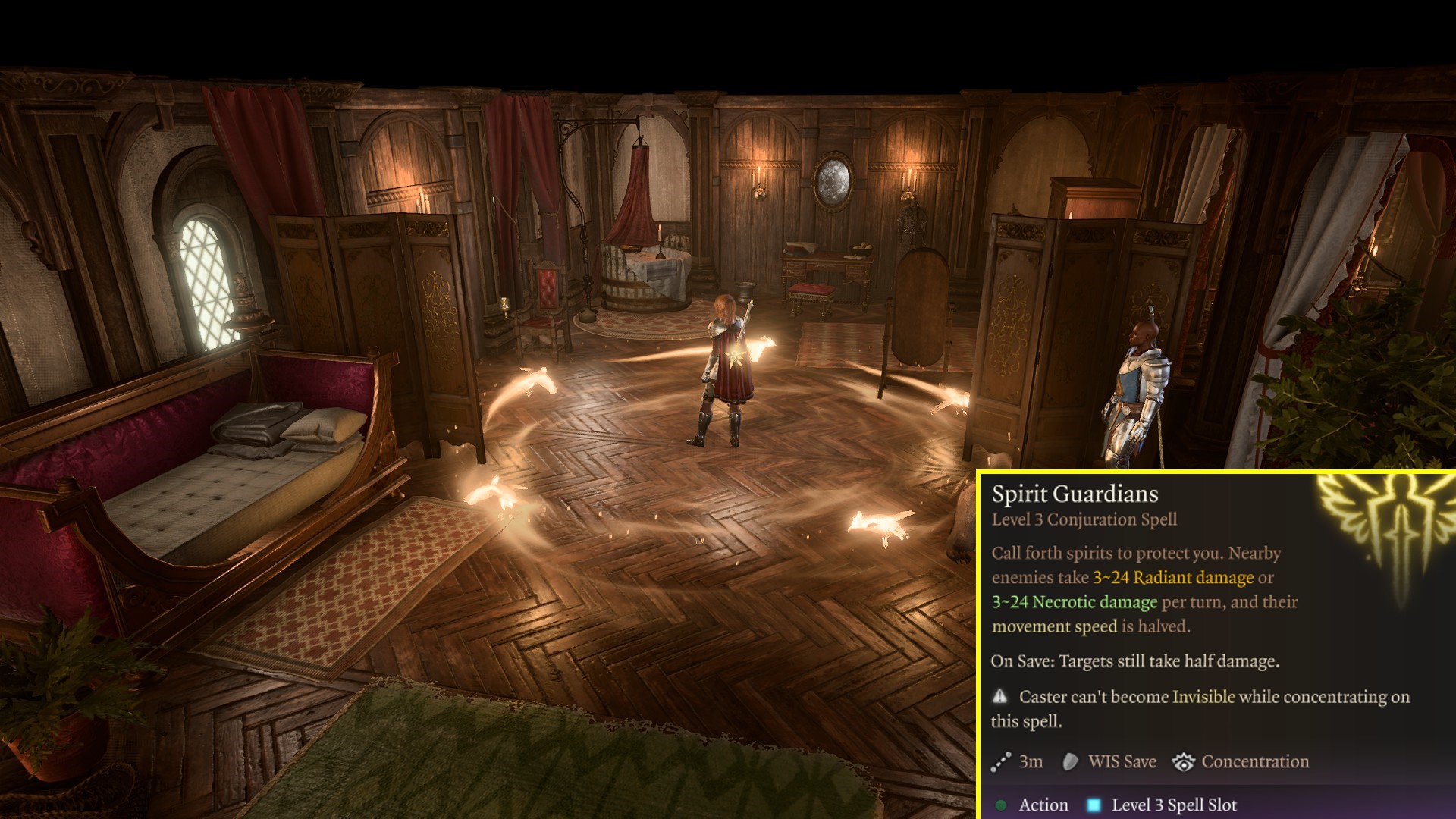
As you progress and level, the effect becomes more pronounced with the spell Spirit Guardians. The downside of the build is it doesn’t have a taunt like the Oath of Crowns Paladins, nor does it have mobility. Moreover, the Light Cleric can be gear-dependent, and if you miss critical items in Act 1, you won’t be able to pull off the radiant damage tricks. However, you can blend healing, tanking, and a bit of damage, making our top 10 best builds in list in Patch 8 of Baldur’s Gate 3.
How to Play the Light Cleric Build in Patch 8
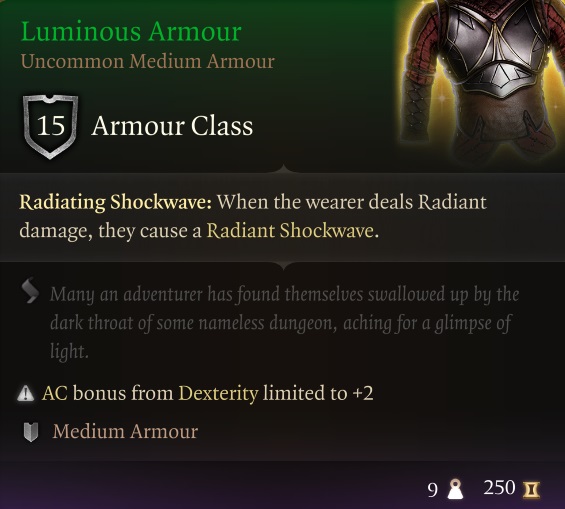
To get the most out of your Light Cleric build, your goal is to stack the Radiating Orb debuff as quickly and consistently as possible. Equip gear like the Coruscation Ring, Luminous Armour, Luminous Gloves, and Fabricated Arbalest to apply radiant damage each turn. With the Spirit Guardian spell, every tick of radiant damage reduces enemy Attack Rolls by -1 per stack, making it nearly impossible for them to hit your party, no matter their Armor Class.
Before combat, make sure to pre-buff with key spells or scrolls. Prioritize Mirror Image, Blur, Shield of Faith, Freedom of Movement, and Death Ward. Keep in mind that some of these require concentration, while others (like Death Ward and Freedom of Movement) last until a long rest. Scrolls are your best friend here — save them for tough fights, especially Mirror Image, which gives a massive AC boost right before you engage.
While not the best overall build in Patch 8, it still ranks in the top 10 on our list for Baldur’s Gate 3 due to its sheer versatility.
9 College of Swords Bard

The best features of the College of Swords Bard Build in Baldur’s Gate 3:
- Race: Githyanki
- Background: Guild Artisan
- Subclass: College of Sword, Thief
- Multiclass: 6 Bard, 4 Rogue, 2 Fighter
- Ability Score: STR 8, DEX 16, CON 14, INT 10, WIS 10, CHA 16,
- Skills: Intimidation, Perception, Performance
- Key Equipment: Armour of Agility, Hellfire Hand Crossbow, Ne’er Misser
8 Way of the Open Hand Monk Build
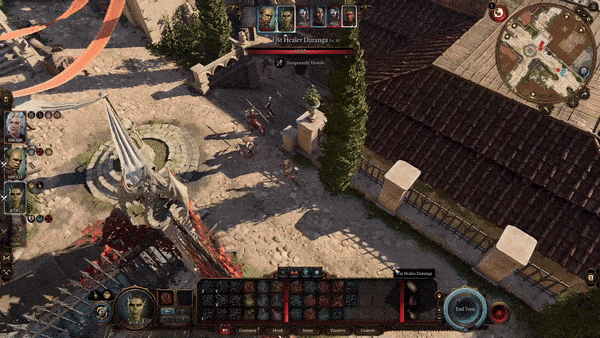
The best features of the Way of the Open Hand Monk Build in Baldur’s Gate 3:
- Race: Wood Half-Elf
- Background: Entertainer
- Subclass: Way of the Open Hand, Thief
- Multiclass: 9 Monk, 3 Rogue
- Ability Score: STR 8, DEX 16, CON 15, INT 8, WIS 16, CHA 10,
- Skills: Athletics, Insight
- Key Equipment: Gloves of Soul Catching, Vest of Soul Rejuvenation, Boots of Uninhibited Kushigo

How to Play the Way of the Open Hand Monk in Patch 8
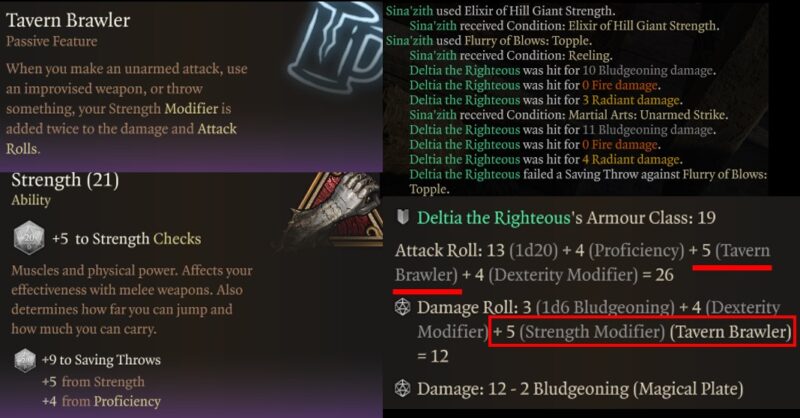
The best way to play the Way of the Open Hand monk is to increase your strength via an elixir and use the Tavern Brawler feat at level 4. This increases your overall damage due to adding your strength modifier. In Act 3, you can craft or purchase Cloud Giant Elixir boosting your strength 27 until a long rest. Thus, you can keep your strength ability score low in character creation, and radically increase your dexterity by double dipping into two resource pools for damage.
7 Circle of Moon Druid Build
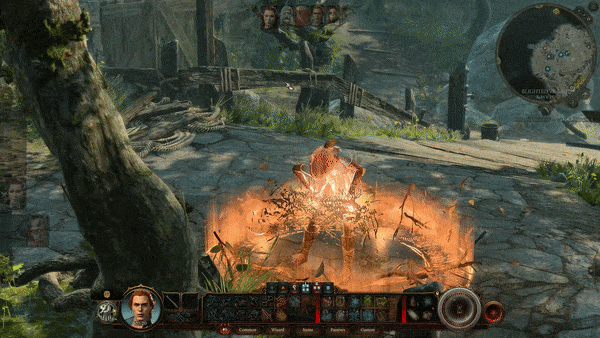
The best features of the Circle of Moon in Baldur’s Gate 3:
- Race: Wood Half-Elf
- Background: Folk Hero
- Subclass: Circle of the Moon, Storm Sorcery
- Multiclass: 11 Druid, 1 Sorcerer
- Ability Score: STR 8, DEX 14, CON 16, INT 10, WIS 16, CHA 10,
- Skills: Nature, Perception
- Key Equipment: Shapeshifter Hat, Bhaalist Armour, Amulet of Greater Health
In Patch 8 of BG3, the Circle of the Moon Druid wasn’t changed directly, but the Tavern Brawler feat was fixed to work on Honour Mode difficulty. Similar to the Monk, this adds your strength modifier to unarmed, and now Wild Shape damage. This change gives a massive amount of damage added at the highest level of combat for the Druid. Wild Shape form specifically is helpful in early, medium, and late game, giving you a massive health bar and abilities.
Wild Shape itself doesn’t require concentration, therefore, it’s best to use a concentration spell before transforming. However, that’s the major downside to the Circle of Moon build, it requires specific timing and spellcasting. If you’re crowd controlled (charmed or prone), before transforming, you can easily be killed. Therefore, you need to increase your dexterity and initiative, or use the feat Alert to ensure you go early in combat order. But, if you’re able to use an action outside of combat to pre-buff with concentration, then your bonus action to Wild Shape, you gain massive HP, damage, and movement.
If the Druid wasn’t dependent on turn one action and bonus action, we would rank it higher on our top 10 builds for Patch 8 list in Baldur’s Gate 3.
How to Play the Circle of the Moon Druid

The best combination of Tavern Brawler and Wild Shape is in Act 3 with Bhaalist Armour and Saber Tooth Tiger. The Jugular Strike action lunges at a creature’s throat. If the target is Prone, you deal an additional 2d6 + Strength or Dexterity Piercing damage. This gives you two sources of piercing damage, assuming that the target is knocked prone. The piercing damage doubles, and is buffed further by tavern brawler, giving you huge damage each turn.
Keep your strength ability score low in character creation and use an elixir throughout the game to ensure maximum damage starting at level 4 when you can take the feat.
6 Hexblade Warlock Build
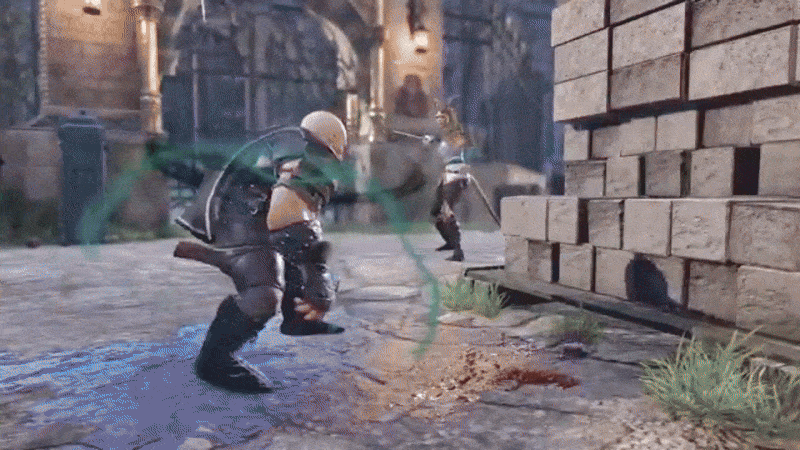
The best features of the Hexblade Warlock Build in Baldur’s Gate 3:
- Race: Half-Orc
- Background: Entertainer
- Subclass: Hexblade, Oath of Vengeance
- Multiclass: 6 Warlock, 6 Paladin
- Ability Score: STR 8, DEX 16, CON 14, INT 8, WIS 10, CHA 17
- Skills: Deception, Investigation
- Key Equipment: Birthright, Armour of Agility, Hellriders
The Hexblade Warlock is a new subclass introduced in Patch 8 of BG3 with the ability to summon a specter from dead enemy corpses and a new Smite, Wrathful. The Hexblade is best used as a multiclass build with 6 Warlock, and 6 Paladins. This way you can get Divine Smite and Extra Attack from the Paladin, as well as more spell slots and utility. Unlike other builds, the Hexblade can stack just one ability score, Charisma, for melee damage and spellcasting due to Hex Binding Weapon. Therefore, it’s easier to spread your ability score around and get higher dexterity or constitution for survivability.
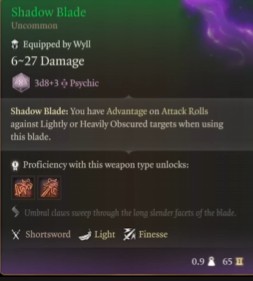
The major downside to the Hexblade is that it’s gear-dependent and has much less spell slots than other spellcasters. This can be helpful when upcasting the new spell, Shadow Blade which serves as your melee weapon. However, the Sorcerer can run almost the identical build, and with metamagic, it’s simply stronger in the end-game but not the start. However, you can make an argument that this is the best Warlock build in BG3, and all around one of the best in Patch 8.
Moreover, the Hexblade makes one of the best multiclass options, taking between 1-4 levels. Even one level can boost the overall power of every Charisma build (Bard, Sorc, Paladin). Therefore, consider it one of the best overall, and the best to multiclass in espeically for proficiencies and utility.
How to Play Hexblade Warlock in Patch 8 BG3
To play the Hexblade effectively, start each fight by using your bonus action to summon Shadow Blade, then dive in with melee attacks as your main damage source. The real power comes from stacking psychic damage — equip the Strange Conduit Ring and Resonance Stone to boost your Shadow Blade’s output dramatically. Once your blade is summoned, apply Hexblade’s Curse to your target for even more bonus damage.
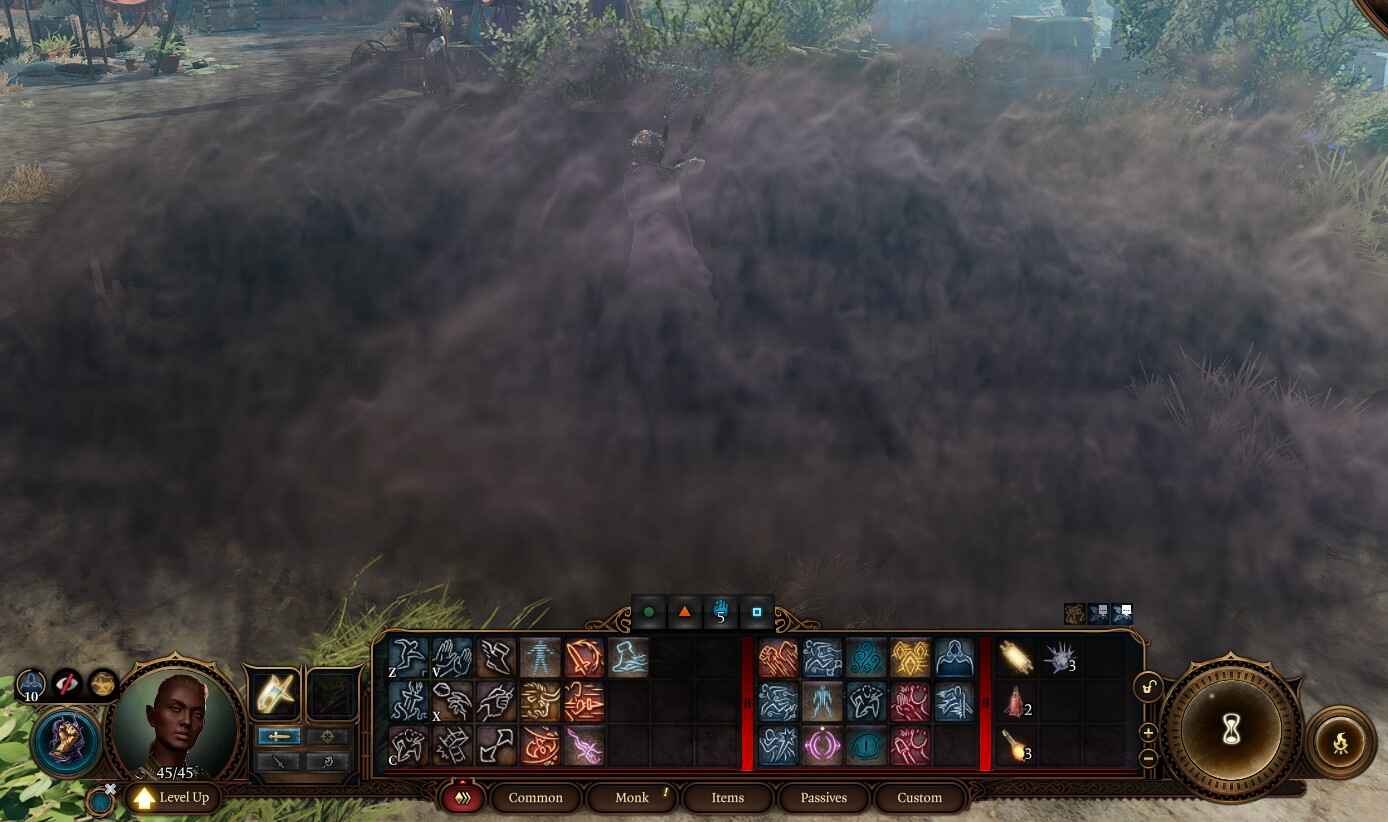
One of the best strategies for Hexblade is picking up the Devil’s Sight passive. This lets you see through magical darkness, which combos perfectly with the Darkness spell. Cast it on yourself to create a protective shroud where only you can see and strike freely — a massive advantage in tough fights.
Lastly, you can forgo using Shadow Blade and use a two-handed martial weapon. If you do this, stack Strength with Elixir or Dexerity with feats. Then Bind Hexed Weapon. This will give you overall a super powerful build from 1-12, multiclass or not.
5 Battle Master Fighter Build
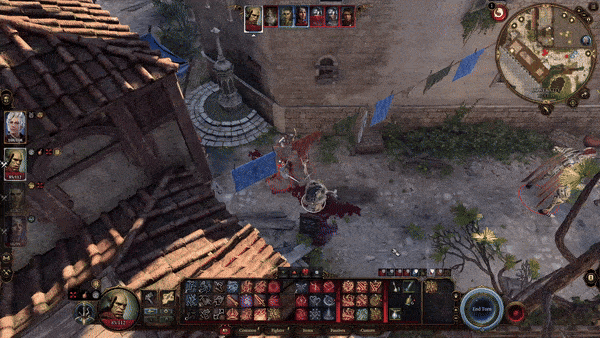
The best features of the Battle Master Fighter Build in Baldur’s Gate 3:
- Race: Half-Orc
- Background: Soldier
- Subclass: Battle Master
- Multiclass: No
- Ability Score: STR 16, DEX 14, CON 16, INT 8, WIS 10, CHA 10,
- Skills: Acrobatics, Perception
- Key Equipment: Gauntlets of Hill Giant Strength, Balduran’s Giantslayer, Helm of Balduran
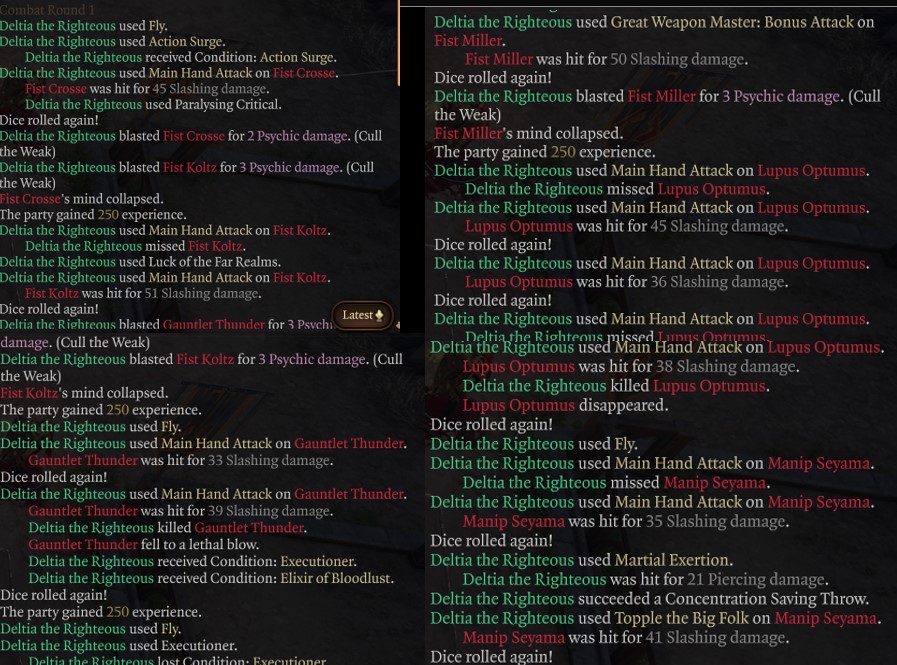
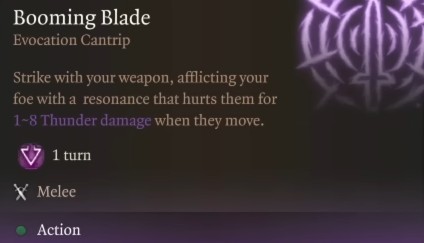
Also, consider using Eldritch Knight OR High Half-Elf race. With the addition of Booming Blade, you can use it once per action and it’s a mini “divine smite” for any build. This adds even more raw damage for melee two-handed Fighters, which were already amazing!
4 Giant Barbarian Build
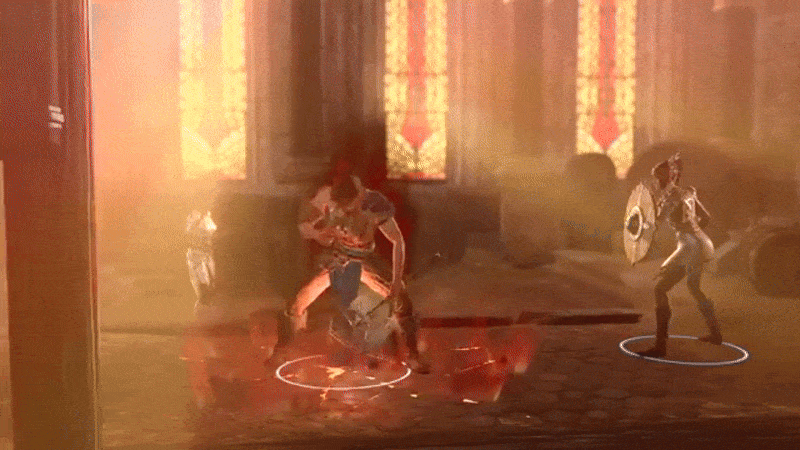
The best features of the Giant Barbarian Build in Baldur’s Gate 3:
- Race: Duergar Dwarf
- Background: Soldier
- Subclass: Path of Giant, Thief
- Multiclass: 6 Barbarian, 4 Rogue, 2 Fighter
- Ability Score: STR 17, DEX 16, CON 15, INT 8, WIS 8, CHA 8
- Skills: Perception, Survival
- Key Equipment: Nyrulna, Ring of Flinging, Bhaalist Armour
The Giant Barbarian was introduced in Patch 8 making the Throw Barbarian build slightly better because of the Giant’s Rage bonus: Your Rage damage bonus is doubled on throw attacks. This gives the Barbarian the combat potential to solo Honour Mode because, unlike other melee builds, you gain massive range. Your bonus action can kick enemies giving you crowd control similar to the Berserker Barbarian. Additionally, the game is littered with items designed for the Barbarian throughout all three Acts in BG3. Thus, the Giant Barbarian build isn’t effective only at the end game.


Additionally, the Path of Giant Barbarian gains the feature, Elemental Cleaver: Until the end of your Rage, your weapon will deal additional Acid, Cold, Fire, Lightning, or Thunder damage and gain the Thrown property. If thrown, it will immediately reappear in your hand. This feat allows the subclass and build to throw nearly ANY weapon effectively (yes not just Nyrulna). Since you pick up this feat at level 6, you can essentially use it throughout the entire game, giving you much more effectiveness than waiting until Act 3.
3 Gloom Stalker Ranger Build
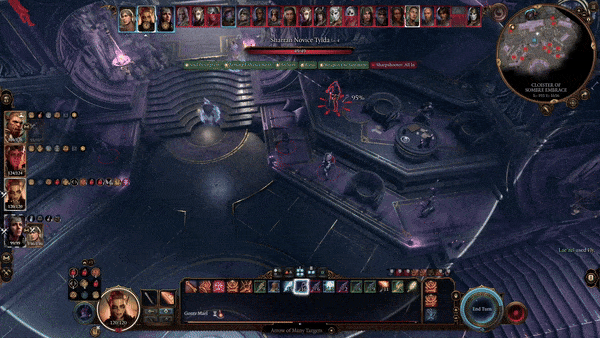
The best features of the Gloom Stalker Ranger build in Baldur’s Gate 3:
- Race: Wood Elf
- Background: Urchin
- Subclass: Gloom Stalker, Thief, Champion
- Multiclass: 5 Ranger, 4 Rogue, 4 Fighter
- Ability Score: STR 8, DEX 17, CON 16, INT 8, WIS 14, CHA 10,
- Skills: Animal Handling, Insight, Survival
- Key Equipment:
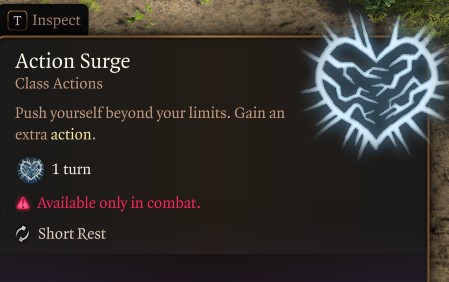
2 Oathbreaker Paladin Build
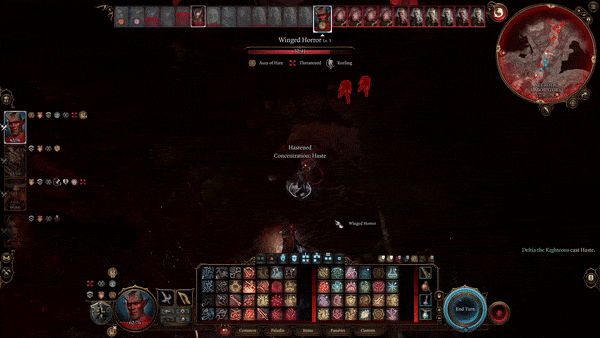
The best features of the Oathbreaker Paladin Build in Baldur’s Gate 3:
- Race: Half-Orc
- Background: Soldier
- Subclass: Oathbreaker, Champion
- Multiclass: 8 Paladin, 4 Champion
- Ability Score: STR 16, DEX 10, CON 14, INT 8, WIS 10, CHA 16,
- Skills: Persuasion, Insight
- Key Equipment: Bhaalist Armour, Nyrulna, The Deathstalker Mantle
The second-best build in BG3 Patch 8 is the Oathbreaker Paladin using the Bhaalist Armour and Nyrulna combination in Act 3. The Paladin has incredible versatility, single-target damage, and survivability, all in one class. With the Oathbreaker subclass, you gain control over undead enemies and the ability to play an “evil character.” This is especially helpful in Act 3 to get the best armour set in the game, Bhaalist Armour. Furthermore, you can gain another overpowered gear item, Deathstalker Mantle, which gives you invisibility on a kill.
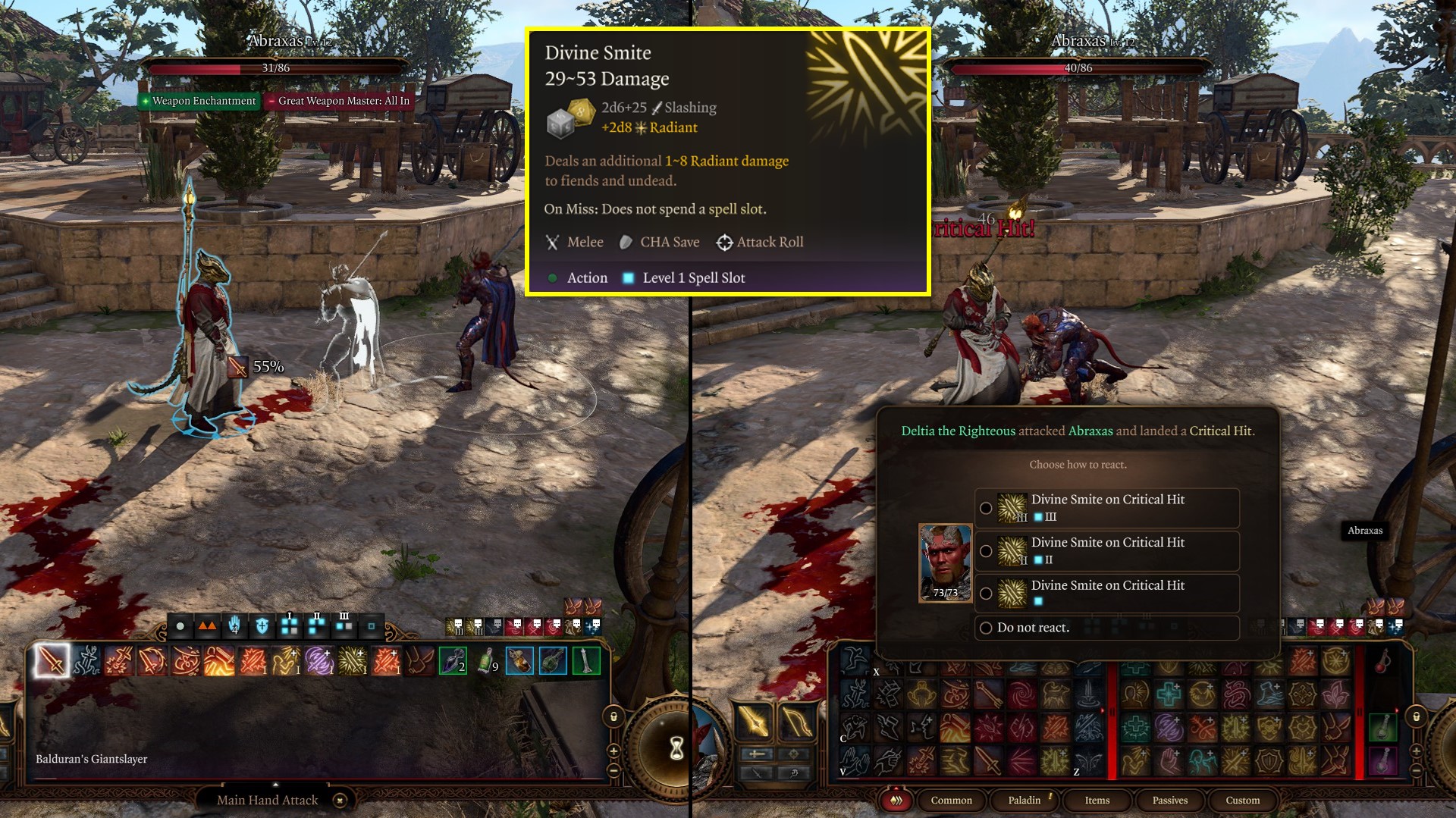
The major downside of the build and class is low movement and lower dexterity. You can solve the movement issue with Amulet of Misty Step or the Disintegration of Nightwalker Boots in Act 1. For your Dexerity issue, you can use the Alert feat to go sooner in combat or respec with Withers in Act 3, lowering Charisma and upping Dexerity.
1 Shadow Magic Sorcerer Build
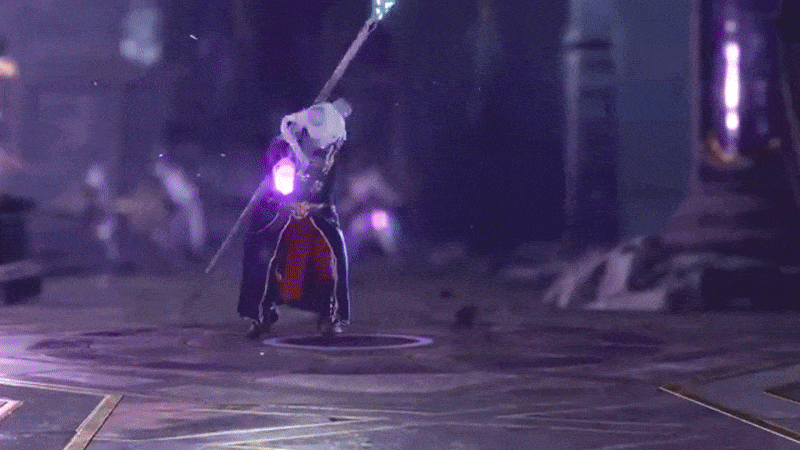
The best features of the Shadow Magic Sorcerer Build in Baldur’s Gate 3:
- Race: Half-Orc
- Background: Entertainer
- Subclass: Shadow Magic, Oath of Vengeance
- Multiclass: 6 Sorcerer, 6 Paladin
- Ability Score: STR 16, DEX 10, CON 14, INT 8, WIS 8, CHA 17,
- Skills: Athletics, Persuasion
- Key Equipment: Resonance Stone, Dark Justiciar Half-Plate, Strange Conduit Ring
The best overall build in Patch 8 for BG3 is the Shadow Magic Sorcerer multi-classed with the Oath of the Vengeance Paladin. With the introduction of Shadow Blade, you can gain as much per-turn damage as any melee build, with the additional utility of a spellcaster. Moreover, the Sorcerer has the unique feature Metamagic, allowing them ultimate flexibility in casting magic spells, or cantrips like the newly added Booming Blade. You can “Twinned” Booming Blade per turn, using this attack twice and devastating enemies.

Similar to the Warlock, you can cast spells and attack inside the Darkness cloud thanks to a unique subclass feature, “Eyes of Darkness.” Therefore, you cast this darkness cloud on top of your target, launch into melee attacks with Shadow Blade, and prevent almost any incoming damage from hitting you. Once multiclassed, you gain Divine Smite and new armour and weapon proficiencies, making you even more deadly.
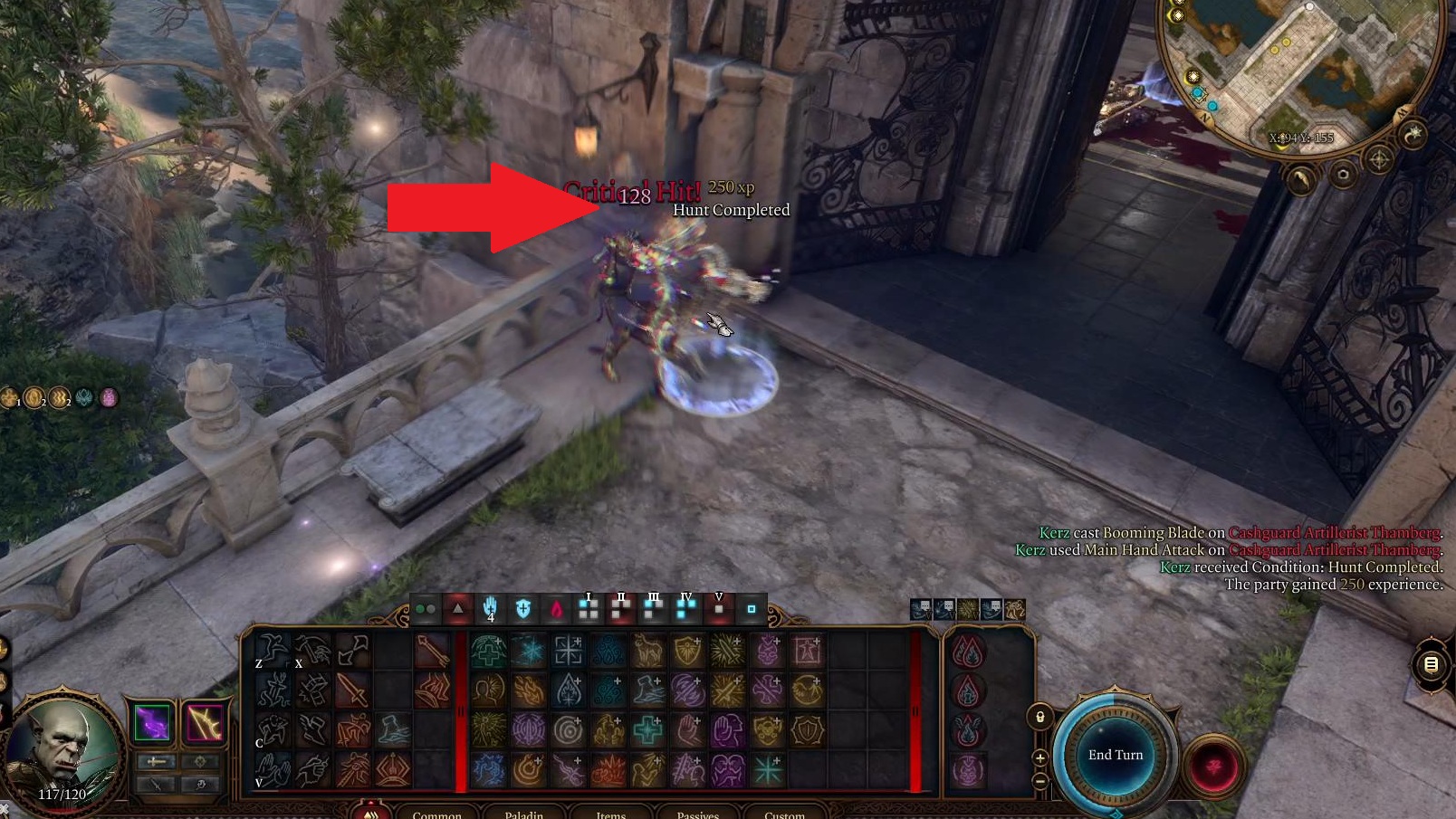
One downside is you need to use two ability scores for optimal damage: Charisma (spellcasting) and Strength (melee hits with Shadow Blade). You can keep your strength low in character creation and use an Elixir of Hill Giant Strength, or increase it and sacrifice dexterity. Moreover, the Hexblade Warlock is a better option for 1-2 levels to multiclass. Both have pros and cons, but it’s the major issue with the build, everything else is flawless. Mobility, damage, survivability, dialogue utility, and absolute mind-blowing fun factor.
How to Play the Shadow Magic Sorcerer in Patch 8
The strongest way to play a Shadow Magic Sorcerer in Baldur’s Gate 3 is by combining Shadow Blade (Level 2) with Booming Blade. This setup allows you to scale your attacks off Strength, which you can push to 27 using the Elixir of Cloud Giant Strength. That alone makes your melee hits hit like a truck.
In Act 2, pick up the Resonance Stone from the Mind Flayer Colony. This item makes enemies vulnerable to Psychic damage, effectively doubling your Shadow Blade’s output. After that, multiclass into Paladin for Extra Attack and Divine Smite. Now you’re using your spell slots to smite while swinging your psychic blade twice per turn.
What’s New in Patch 8 for Baldur’s Gate 3?
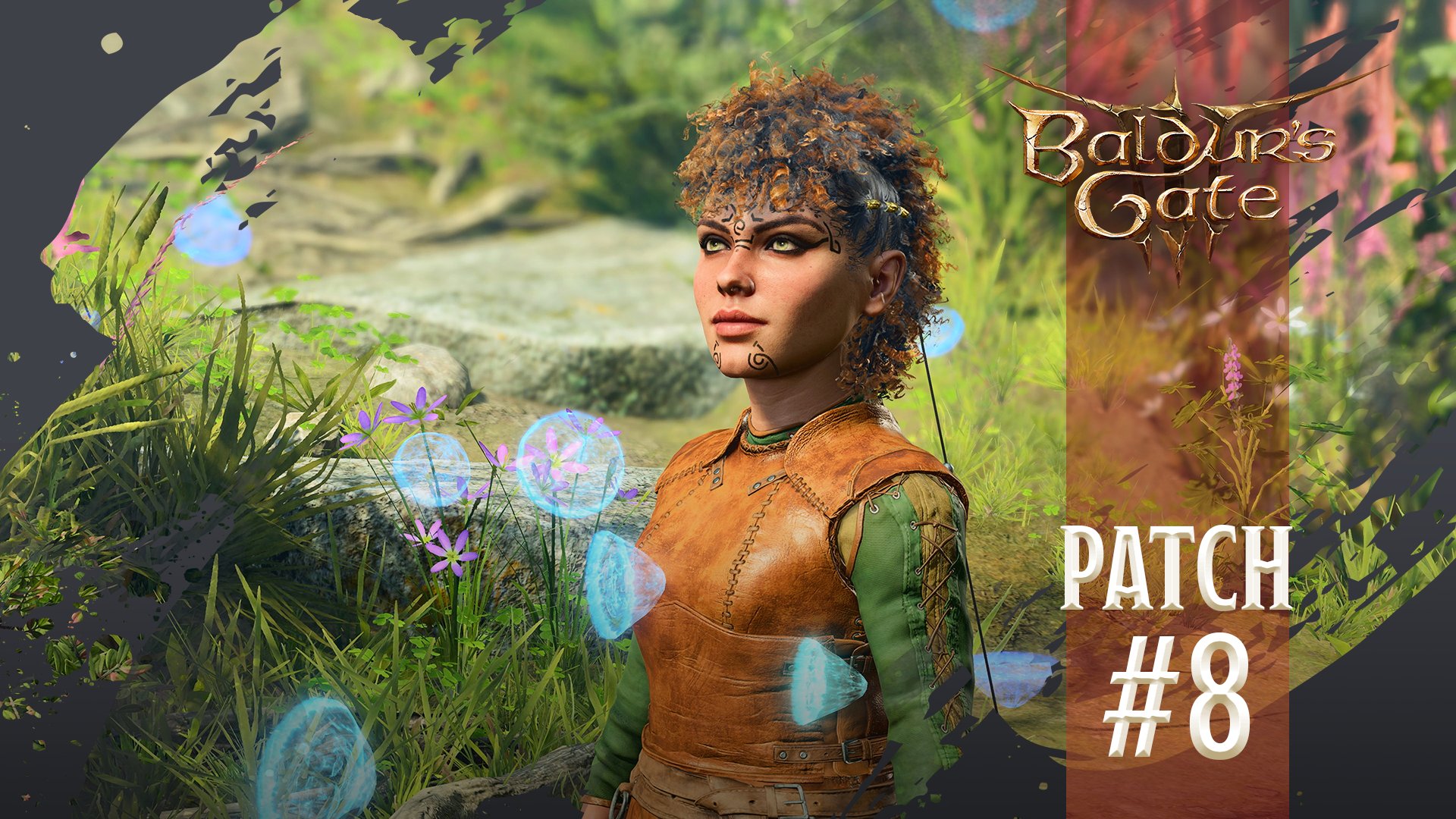
New Spells
- Shadow Blade – High damage melee weapon for casters
- Staggering Smite – Hits hard and debuffs enemies
New Cantrips
- Booming Blade
- Bursting Sinew
- Toll the Dead
Tavern Brawler for Druids works in Wild Shape on Honour Mode
New Subclasses: 12 total—one for each class
 Reddit
Reddit
 Email
Email
